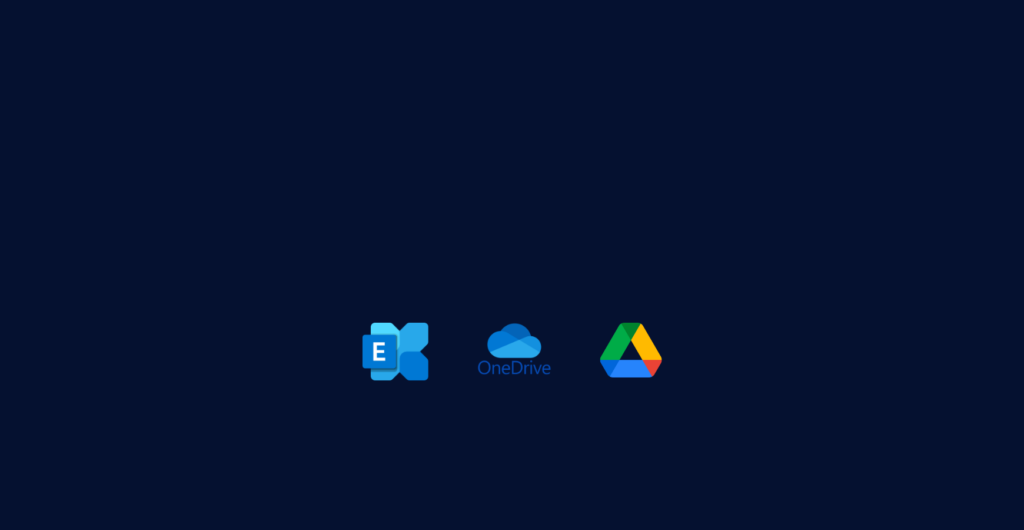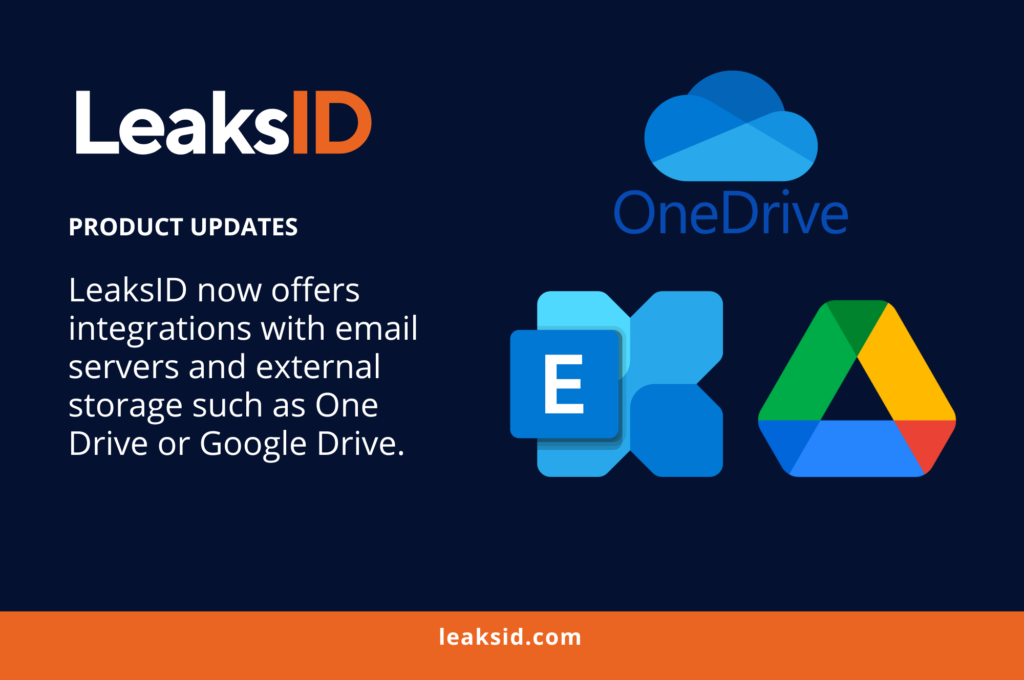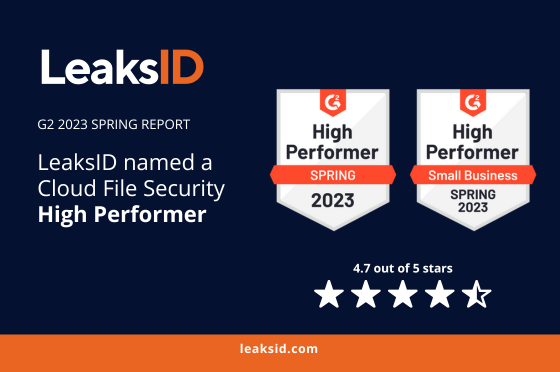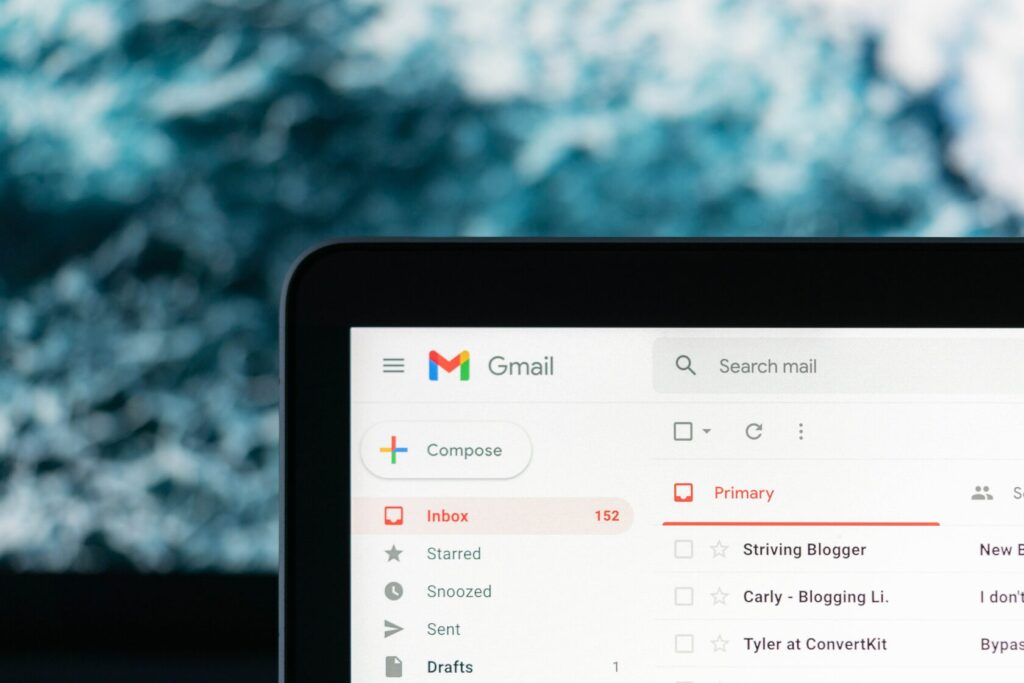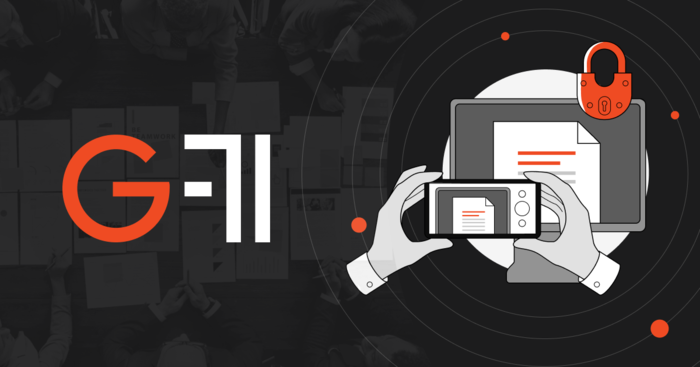In today’s digital age, the risk of insider threats has become increasingly common. Insider threats can be actions taken by employees, contractors, or partners who intentionally or unintentionally compromise the confidentiality, integrity, or availability of sensitive information. Identifying such threats can be challenging, as they do not necessarily fit the typical patterns commonly recognized by cybersecurity paradigms. However, there are some unusual data behaviors that can indicate an insider threat.
Here are 10 such behaviors:
- Accessing sensitive data outside of normal working hours: If an employee is accessing sensitive data outside of their normal working hours, it may indicate that they are trying to avoid detection or are engaging in unauthorized activities.
- Frequent copying of data to external devices: If an employee is frequently copying sensitive data to external devices, it may indicate that they are planning to steal the data or are preparing to leave the company.
- Large amounts of data being transferred: If an employee is transferring large amounts of data within a short period, it may indicate that they are trying to quickly steal or leak sensitive information.
- Accessing data they do not need for their job: If an employee is accessing data that they do not need for their job, it may indicate that they are trying to access sensitive information that is not meant for them.
- Use of unauthorized applications or software: If an employee is using unauthorized applications or software, it may indicate that they are trying to circumvent security measures or are using tools to steal sensitive data.
- Changes to security settings: If an employee is making changes to security settings, it may indicate that they are trying to disable or bypass security measures to access sensitive information.
- Unauthorized access to servers or systems: If an employee is accessing servers or systems without authorization, it may indicate that they are trying to gain access to sensitive data.
- Large numbers of failed login attempts: If an employee is making repeated failed login attempts, it may indicate that they are trying to access sensitive information by guessing passwords or trying to bypass security measures.
- Sharing passwords or credentials: If an employee is sharing passwords or credentials, it may indicate that they are trying to facilitate unauthorized access to sensitive information.
- Deleting or modifying logs: If an employee is deleting or modifying logs, it may indicate that they are trying to cover their tracks or hide their actions.
To identify the listed indicators, the following solutions can be used:
- Data Loss Prevention (DLP) solutions: DLP solutions help organizations monitor and prevent the unauthorized transfer of sensitive data. These solutions can detect and block sensitive data from being sent via email, web uploads, or external devices.
- User and Entity Behavior Analytics (UEBA) solutions: UEBA solutions can analyze employee behavior patterns and detect unusual activities that may indicate an insider threat. These solutions can monitor user activity, network activity, and file access to detect suspicious activities.
- Insider Threat Management solutions: Insider Threat Management solutions provide organizations with a centralized platform to monitor employee behavior, detect unusual activities, and respond to insider threats. These solutions can also provide employee training and awareness programs to prevent insider threats. For example, LeaksID technology can deter document leaks and insider threats, and detect culprits in case of a leak. The technology uses steganography to embed unique and undetectable marks into confidential documents, making it a highly effective deterrent against any insider threat.
- Security Information and Event Management (SIEM): SIEM solutions can collect and analyze log data from various sources to detect insider threats. These solutions can detect unusual patterns of behavior, such as repeated failed login attempts or changes to security settings.
It is essential for organizations to have a comprehensive insider threat program that includes policies, procedures, and technologies to prevent insider threats. By monitoring employee behavior, organizations can identify suspicious activities and take proactive measures to mitigate potential risks. Furthermore, employee training and awareness programs can also help prevent insider threats.
In conclusion, organizations need to be proactive in preventing insider threats. By identifying unusual data behaviors and implementing appropriate technologies, policies, and procedures, organizations can effectively detect and prevent insider threats, thereby safeguarding their sensitive information and assets.














